Voters often pay a premium for socialism. It’s the modern-day equivalent of free-range eggs or an electric car.
Zohran Mamdani, a self-described “democratic socialist,” embodies that premium. In New York’s Democratic mayoral primary election, he got blown out of the water with lower-income voters – but won overwhelmingly with young, white, college-educated idealists desperate for the revolution.
He would be the furthest left mayor New York City has ever seen if elected in November. While his policy prescriptions – city-run grocery stores, higher taxes on the wealthy and a diminished police presence – are radical proposals, it is his deep devotion to socialism that truly defies convention.
There is no question that Mamdani loathes the West. Its history, its customs, its people. Online, you can watch him flip his middle finger to a Christopher Columbus statue and whine about white people trying to talk to him.
But no man is an island unto himself.
Zohran’s father, Mahmood Mamdani, is an academic. The radical sort who makes Saul Alinsky look blasé. An Indian by birth, he received his undergraduate degree from Harvard only to emigrate to Uganda in the 1970s and face expulsion. At the time, the Idi Amin regime sought to exile the Indian minority – an immensely influential event for the elder Mamdani, fueling his lifelong crusade against colonialism and capitalism. This has led Mahmood to adopt some very radical, fringe views.
In his 2009 book Saviors and Survivors, Mahmood Mamdani actually decried humanitarian intervention during the Darfur genocide, where hundreds of thousands were slaughtered in Northeast Africa: “Humanitarian intervention is not a neutral act but a political project that often serves to extend Western power under the guise of moral righteousness.” To Mamdani, Western missions providing food, water, medical care and shelter to millions of displaced refugees were just another costume for empire – an imperial smokescreen.
Mahmood laments America while enjoying its fruits. This comes in the form of bizarre, ahistorical assertions, such as his recent claim that the Allied governments in World War Two shared the Nazis’ goal of wiping out minority populations from Europe.
Such absurdity could only be believed by a university professor. The Allies fought to defeat the Nazi regime precisely because it was exterminating Europe’s minorities. After all, they were next.
He went even further, asserting that Hitler’s rampage was inspired by the American model of “settler colonialism.” In Mein Kampf, the young, psychopathic Austrian takes a single sentence to admire the displacement of Native American populations as a successful example of replacing “an inferior race.” But Hitler’s expansionist goals were not, of course, derived from the American creed. He was a devotee of a twisted Social Darwinism. The strong devour the weak.
In a 2021 Georgetown University review of Mahmood Mamdani’s book on genocide and ethnic violence, the author details how Mamdani is skeptical of the very idea of a nationhood. Mahmood laments that after the Holocaust, Germany only pursued punishment for Nazis instead of completely dismantling the society and beginning anew. The conclusion must be, therefore, that the nation-state itself begets violence. To live peaceably means to live borderless.
In the world Mahmood inhabits, not only was Nazism influenced by America, but Jewish self-determination is the purest expression of Nazism. The aforementioned reviewer of Mamdani’s book expounds, “Zionism, then, can be understood as the logical conclusion of Nazism, the Final Solution as Mamdani puts it, where the tragic violence of the nation-state is being reprised. This time with Jewish Zionists as the perpetrators and Palestinians as the victims.” Viewing the world through Mahmood Mamdani’s lens, Hitler reveres America and Jews are the perfect Nazis.
You can’t help but see Mahmood’s shadow drifting through his son’s. Just recently, Zohran refused to denounce the slogan “globalize the intifada” – another point scored for the pro-Palestine movement, I guess.
And while Zohran cosplays as a working-class revolutionary, he’s anything but. The Mamdani family is loaded. Most of the family fortune comes by way of Zohran’s mother, Mira Nair, who has earned millions as a successful filmmaker.
When landlords charge exorbitant rents, it’s theft, but not, apparently, when Ms. Nair collected $6,500 a month renting out a spare loft in Chelsea. As Zohran Mamdani pretends to stand with the tenant class, he and his family get to drift from Delhi to Kampala to New York City. The hypocrisy doesn’t shock so much as it clarifies: properties for he, not for thee.
It’s all there with the Mamdanis: a hatred of the nation that welcomed and showered them with wealth, the comfortable conviction that under every rock lies Western oppression. That a rich millennial is championing socialism is wholly unsurprising. His commitment to cultural Marxism, however, should raise alarms.
Only a few years ago did Zohran Mamdani instruct young socialists to embrace their inner Marx by “seizing the means of production” and embracing class consciousness. Ms. Nair affirms that her son “very much absorbed” the views of his parents. Upon inspecting the apple that fell not far from the tree, you can see plainly: it is red.
Zohran Mamdani’s radical parents
They hypocritically lament America while luxuriating in its fruits
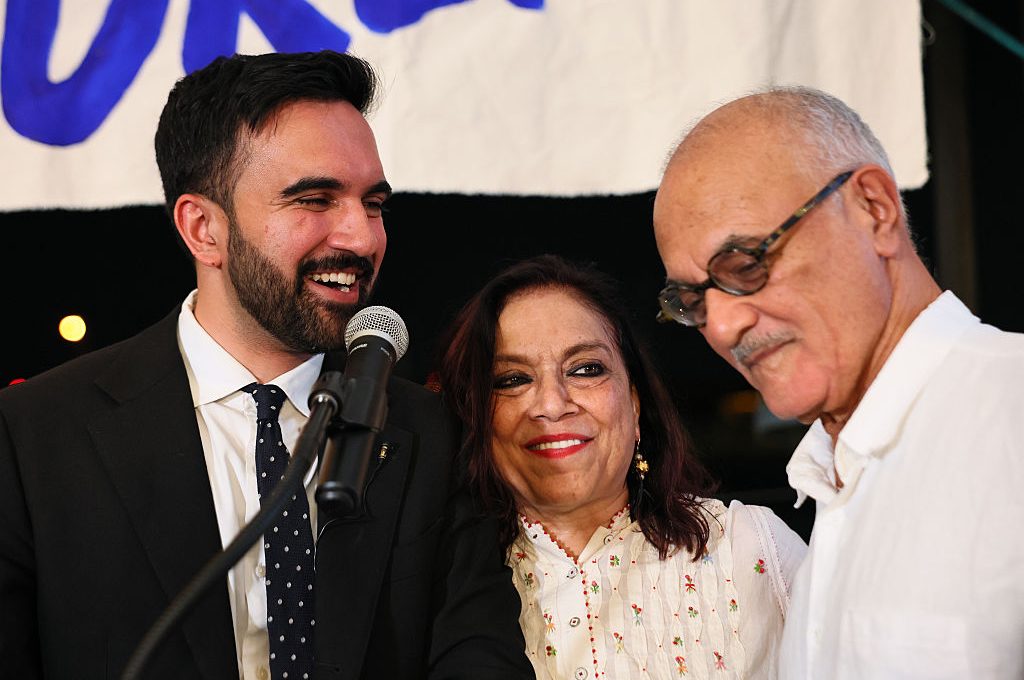
Zohran Mamdani stands with his mother Mira Nair, and father Mahmood Mamdani as they celebrate during an election night gathering (Getty)
Voters often pay a premium for socialism. It’s the modern-day equivalent of free-range eggs or an electric car. Zohran Mamdani, a self-described “democratic socialist,” embodies that premium. In New York’s Democratic mayoral primary election, he got blown out of the water with lower-income voters – but won overwhelmingly with young, white, college-educated idealists desperate for the revolution. He would be the furthest left mayor New York City has ever seen if elected in November. While his policy prescriptions – city-run grocery stores, higher taxes on the wealthy and a diminished police presence – are…














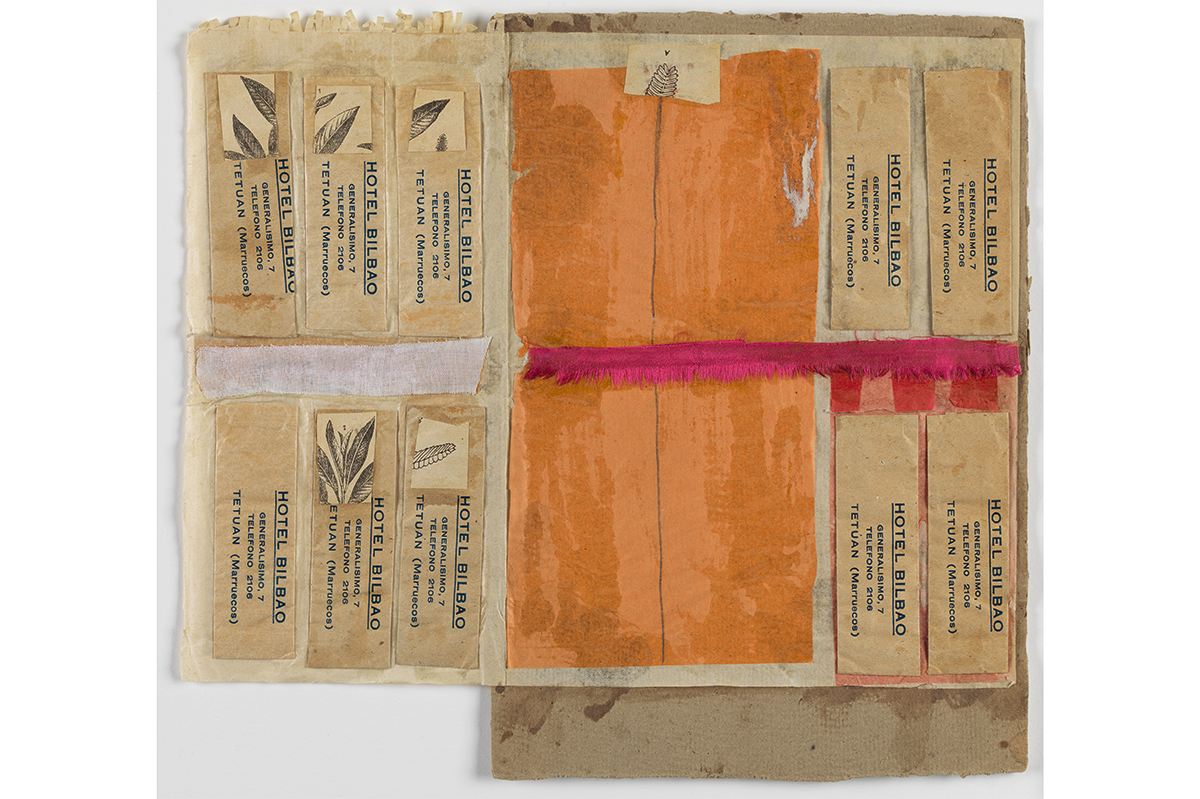
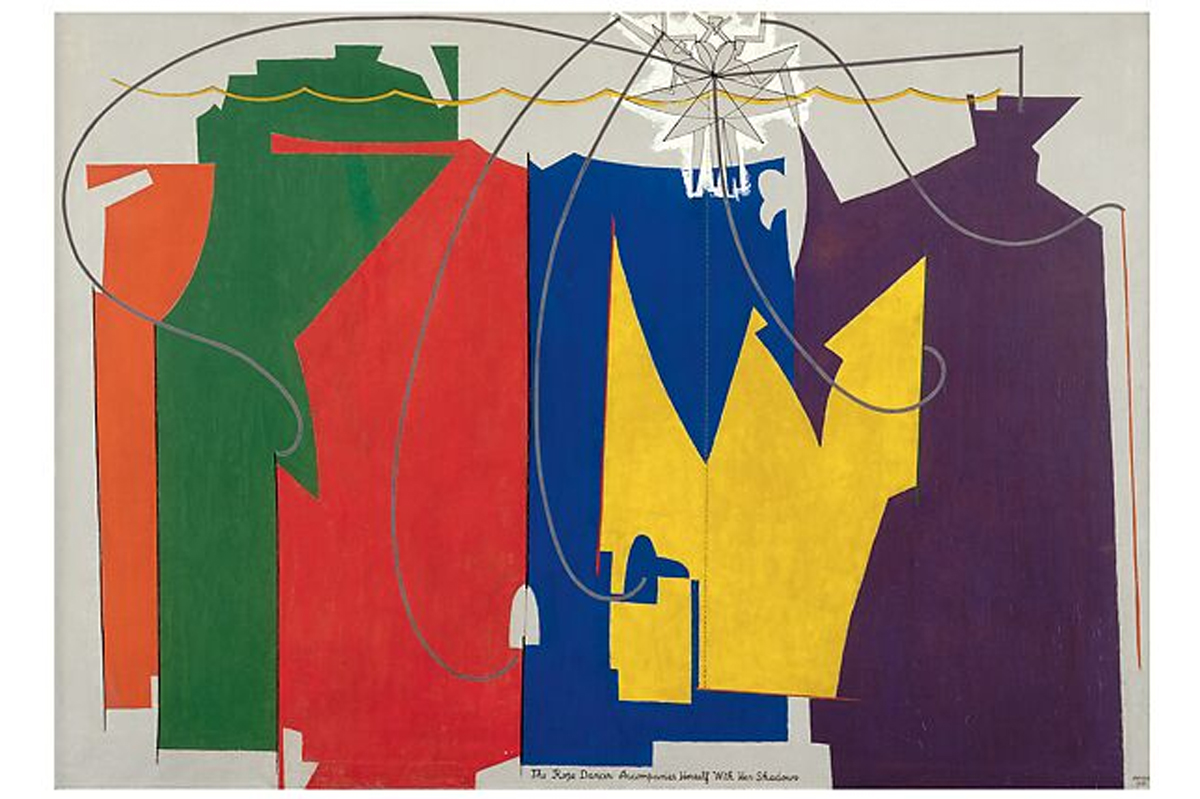

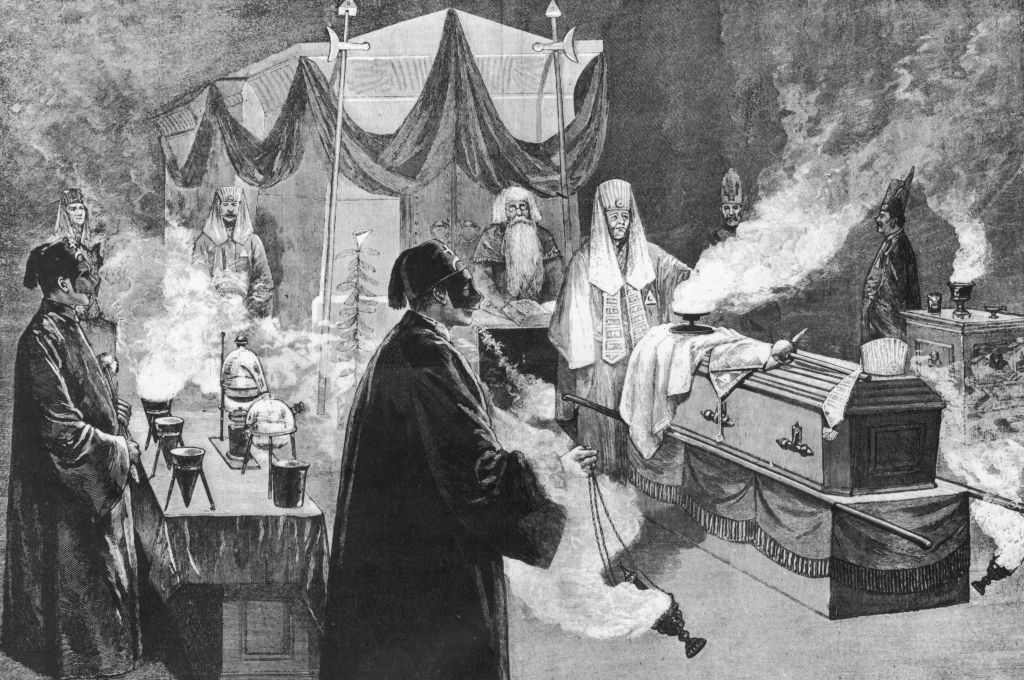

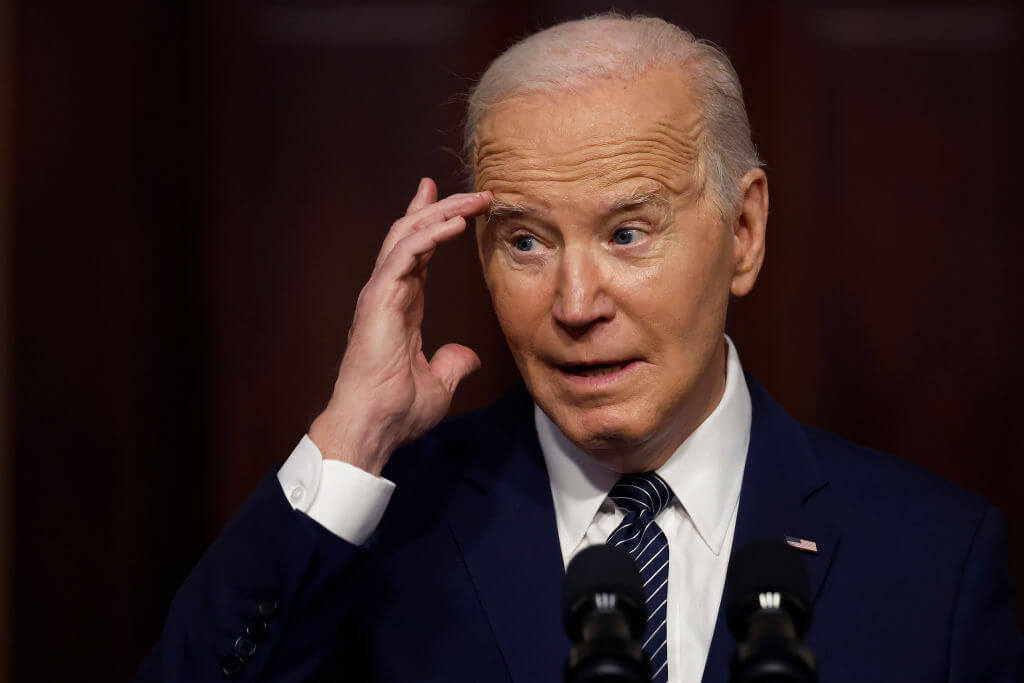



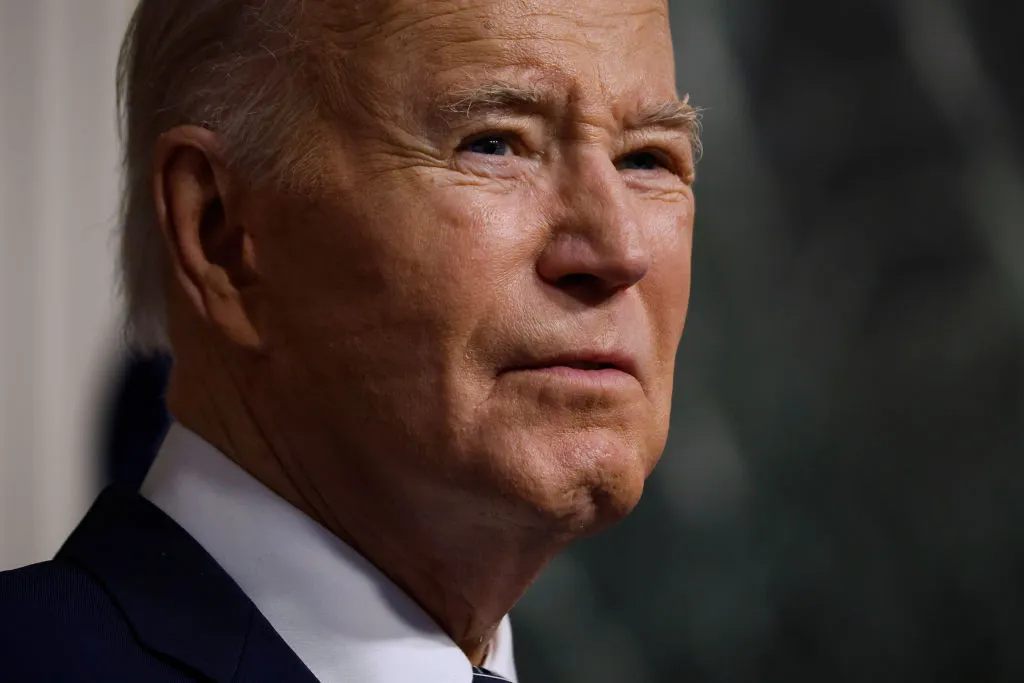

Leave a Reply